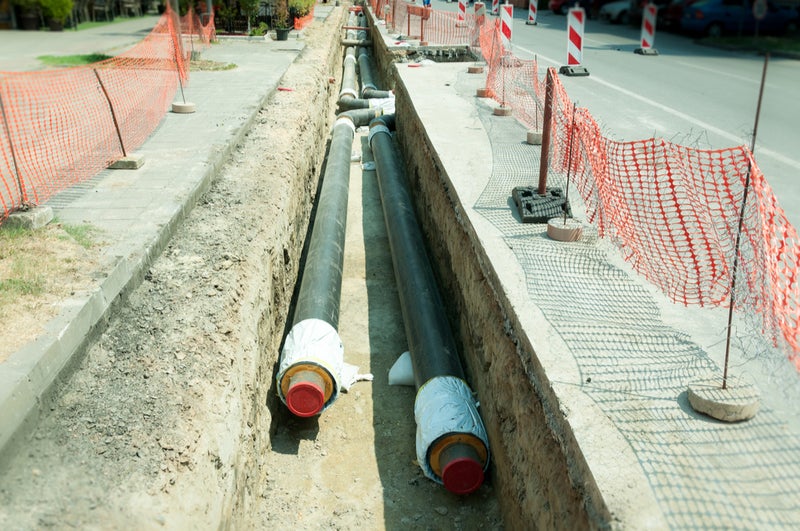Modern district energy systems are the most effective approach for many cities to transition to sustainable heating and cooling. This is achieved by improving energy efficiency and enabling higher shares of renewables. Modern district energy systems are designed to connect renewables, waste heat, thermal storage, power grids, thermal grids and heat pumps. As a result they can use up to 50% less primary energy consumption for heating and cooling.
These benefits make district energy a key measure for cities/countries that aim to achieve 100% renewable energy or carbon neutral targets. So when compared with competitive technologies, district energy is frequently more cost effective – by up to 50% – than individual buildings producing their own heating or cooling.
Key district energy solutions are shown below.

Improvements in efficiency drive UN initiative
The District Energy in Cities Initiative is a multi-stakeholder partnership coordinated by UN Environment, with financial support from Danish International Development Agency (DANIDA), the Global Environment Facility, and the Government of Italy. It is one of six accelerators of the Sustainable Energy of All (SEforAll) Energy Efficiency Accelerator Platform launched at the Climate Summit in September 2014. The Initiative supports market transformation efforts to shift the heating and cooling sector to energy efficient and renewable solutions. By doing this it aims to double the rate of energy efficiency improvements for heating and cooling in buildings by 2030, helping countries meet their climate and sustainable development targets.
The United Nations Environment Program (UNEP) has identified 45 ‘champion cities’, which use modern district energy. These cities have collectively installed more than 36GW of district heating capacity (equivalent to some 3.6 million households), 6GW of district cooling capacity (equivalent to some 600,000 households) and 12,000 km of district energy networks. Over the next 10 years, all 45 cities will increase their district energy capacity, with many of them finishing initial or planned projects. There are so far $1163.8 million of bankable projects identified in four countries. These offer huge investment opportunity for future.

US Tariffs are shifting - will you react or anticipate?
Don’t let policy changes catch you off guard. Stay proactive with real-time data and expert analysis.
By GlobalDataCities need to address diverse barriers and challenges to enable the deployment of modern district energy systems. Because of this, the best strategic policy response will depend on local conditions. These will include a city’s social, economic and environmental objectives; market structure; population density and size; availability of capital; credit rating; local expertise; existing infrastructure; and energy mix. Governments should make integrated efforts to encourage modern district energy. They can do this by preparing a framework to incorporate it into their structure plans, establishing a local coordination group, co-develop planning guidelines and encourage investment and international funding.






